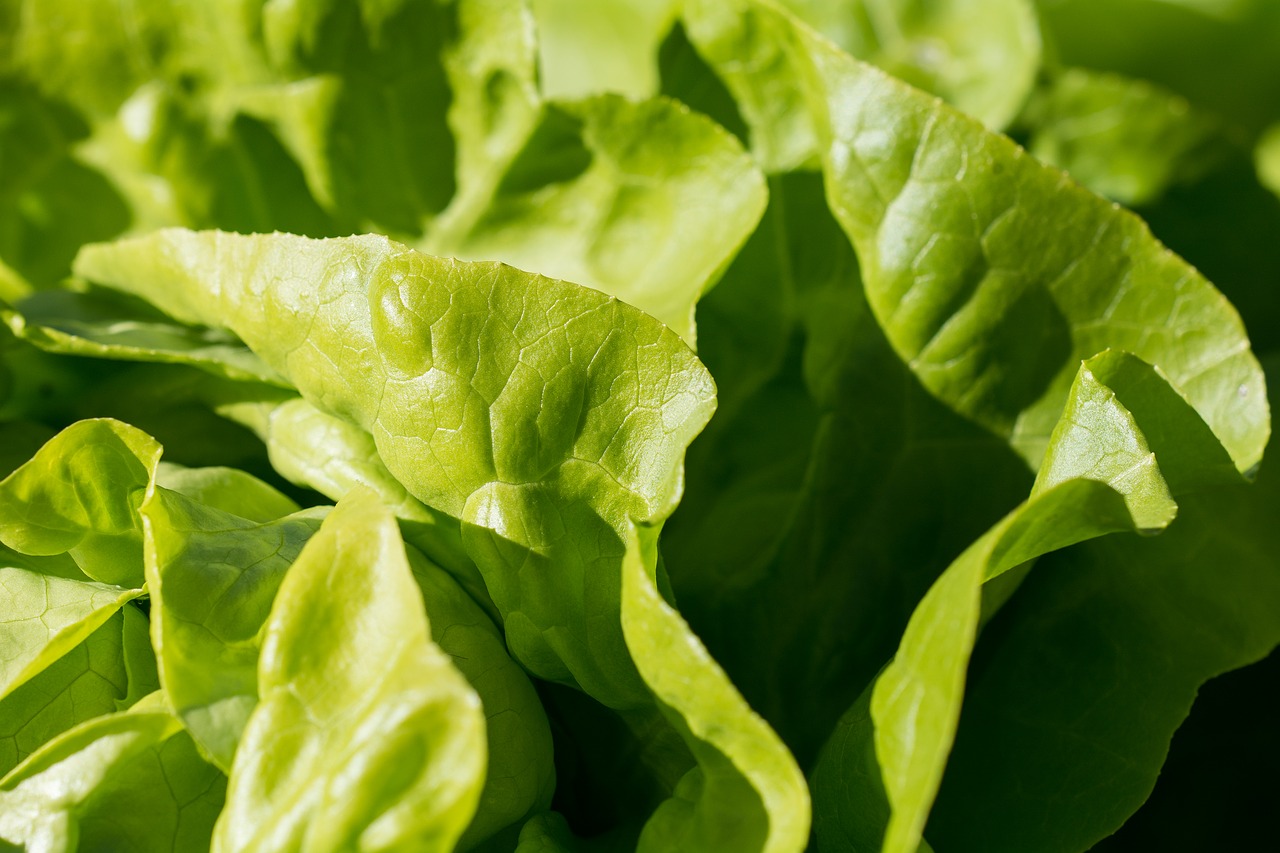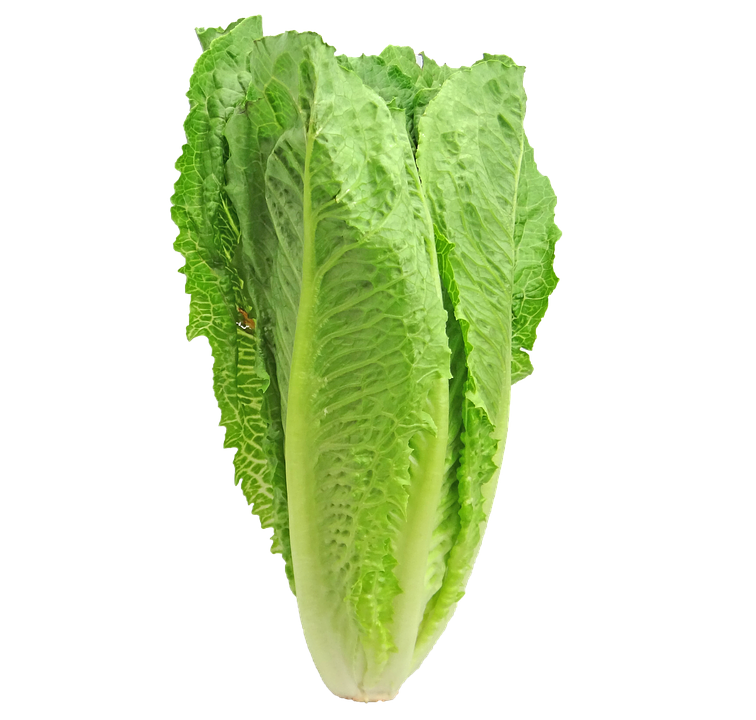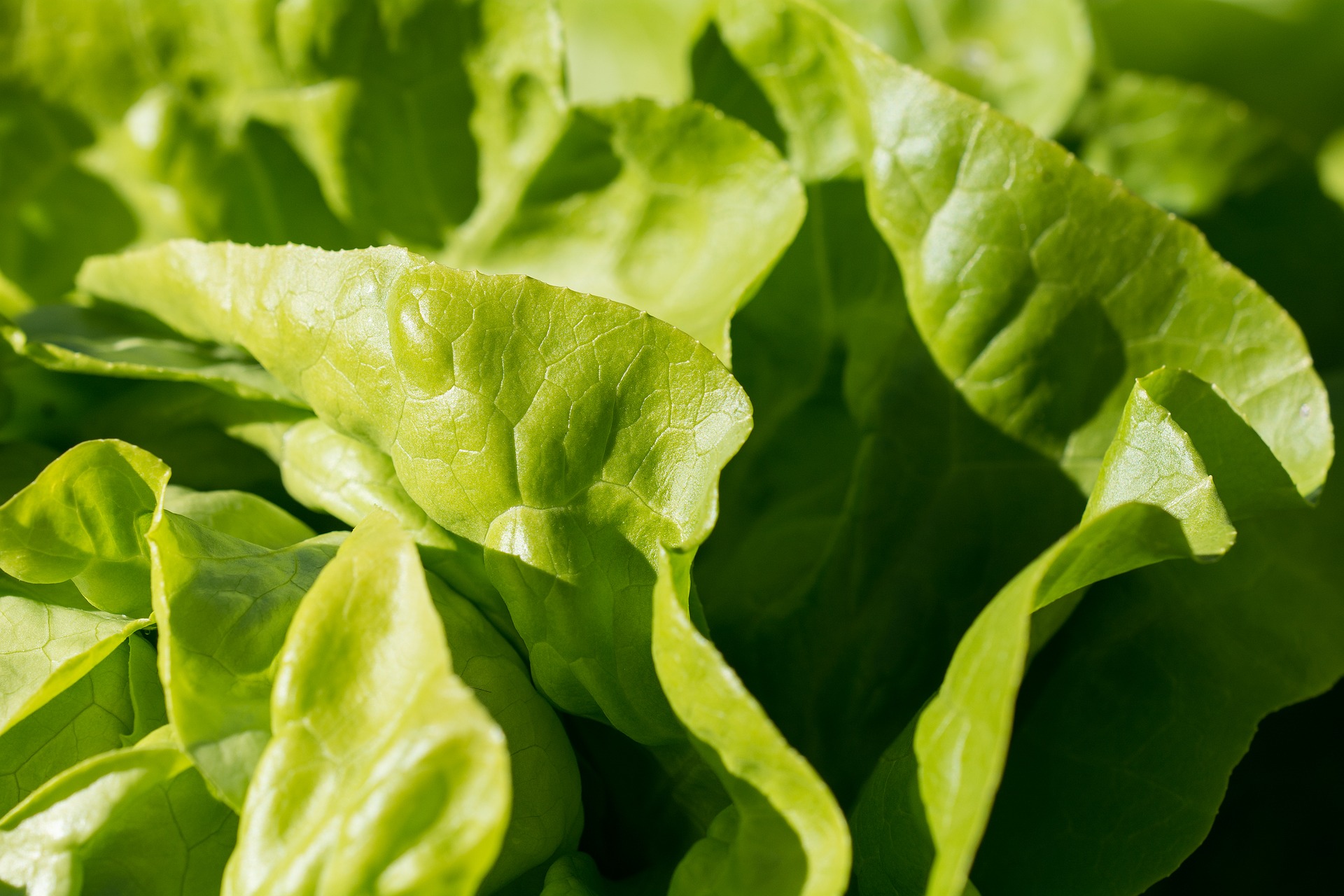This spring the USA’s largest Farm producers, as well as prominent International exporters that distribute produce in the US, will be subject to more rigorous food inspections.
The Commissioner of the US Food and Drug Administration FDA Scott Gottlieb, says the new “Product Safety Rule” recently established under the Food Safety Modernization Act (FSMA) is in response to fresh produce being more susceptible to food contaminations.
“Fresh produce is an important part of an overall healthy diet. The vast majority of fresh produce we eat is generally safe, especially when you consider per capita consumption rates. Unfortunately, in too many cases, foodborne illnesses are still being linked to fresh produce,” he said.
Over the last five years, the food industry has seen food recalls quadruple, in size, with outbreaks of a number of popular fresh food items including romaine lettuce affected by contaminated pathogens, leaving consumers ill and damaging the reputation of suppliers.
Signed in 2011, FSMA has since allowed for new rules in the FDA to regulate the ways fresh produce is grown and distributed. Gottlieb said the new safety standard will help the food industry and consumers avoid future foodborne illnesses.
“The Produce Safety Rule established under FSMA sets, for the first time, science-based standards for the safe growing, harvesting, packing and holding, of fruits and vegetables. In crafting this rule, and its series of preventive controls, we undertook an unprecedented amount of outreach, visiting farms and regulatory partners all over the world to get feedback and insights on the most effective and feasible ways to prevent produce contamination,” continued Gottlieb.
The safety training and regulatory inspections will be carried out by authorities that vary from state to state. So far, the FDA is working along a group of stakeholders to help finalize the new routine farm inspections.
In the process, the FDA has provided funding through their State Produce Implementation Agreement Program (CAP) to 46 states and 1 territory to create proper safety infrastructure within farming communities. Over 85 million dollars was used on education, outreach and technology to meet the needs of varying agriculture systems.
According to the FDA, the motive behind CAP is to promote inspections that are conducted by state experts because they are more accustomed to the domestic farming practices in their region, leaving foreign produce and non-CAP states to be inspected by FDA staff.
The new “Product Safety Rules” will impact large scale American farmers and foreign produce exporters with regulations on agriculture water, biological soil amendments, worker health and hygiene, domesticated and wild animal exposure as well as equipment and building sanitation.
The document further states that all crop producers will follow these new guidelines, with the one acceptance of Sprout farmers, who will have their own set of guidelines since their growing conditions present unique risks.
The new regulations are expected to roll out this spring, with smaller produce operations having until 2020 to meet these safety requirements.












Join or login to leave a comment
JOIN LOGIN